Pavillon de Hanbyeokdang (한벽당)
596.0M 2024-04-07
2, Girin-daero, Wansan-gu, Jeonju-si, Région Jeonbuk
+82-63-281-2166
Le Pavillon de Hanbyeokdang, situé dans la province du Jeollabuk-do, a été désigné propriété culturelle réelle No. 15. En 1404 lors du royaume de Joseon, un haut-fonctionnaire avait construit cette demeure comme résidence secondaire. Elle se trouve au pied du Mont Seungamsan donnant sur le splendide panorama du fleuve Jeonjucheon. Malheureusement, une autoroute a été créée dans les environs depuis, et la beauté du paysage en a souffert. Dans le passé, nombre d’écrivains étaient à la recherche du Pavillon de Hanbyeokdang afin de donner substance à leur inspiration. Ce dernier est aussi connu pour la beauté de la montagne qui l’entoure, ses brumes flottant au loin. C’est ainsi un des 8 lieux à voir absolument à Jeonju.
Cathédrale Jeondong (전주전동성당)
612.9M 2025-08-12
51, Taejo-ro, Wansan-gu, Jeonju-si, Région Jeonbuk
L’église catholique Jeondong de Jeonju a été érigée sur un site historique où, à l’époque de la dynastie Joseon, de nombreux catholiques furent martyrisés. Elle se situe à l’extérieur de la porte Pungnammun, dans le quartier de Jeondong à Jeonju, à l’emplacement même où des fidèles furent exécutés.
Comme Jeonju abritait le siège administratif provincial du Jeolla, Jeondong devint naturellement l’un des hauts lieux du martyre dans l’histoire du catholicisme coréen.
En 1791 (15ᵉ année du règne du roi Jeongjo), les premiers martyrs, Yun Ji-chung (Paul) et Kwon Sang-yeon (Jacques), furent exécutés ici, suivis en 1801 (1ʳᵉ année du règne du roi Sunjo) par Yu Hang-geon (Augustin), premier apôtre de la région de Honam, et Yun Ji-heon (François). Lors de la persécution de 1801, Yu Hang-geon et son frère Yu Gwan-geon furent écartelés, tandis que Yun Ji-heon, Kim Yu-san et Lee U-jip furent pendus.
Afin d’honorer leur mémoire, le père français Baudenet acheta le terrain en 1891 (28ᵉ année du règne du roi Gojong) et entreprit la construction de l’église en 1908. Elle fut achevée en 1914, sur la base des plans du père Poinel, architecte de la cathédrale Myeongdong à Séoul. Construite à l’époque de l’occupation japonaise, elle fut terminée après 23 ans de travaux.
L’édifice, en briques grises et rouges, rappelle la cathédrale Myeongdong et est considéré comme l’une des plus belles églises catholiques anciennes du pays. De style roman avec des éléments byzantins, c’est aussi l’une des plus belles réalisations architecturales de Corée. Initialement bâtie à l’extérieur de la porte Pungnammun, sur le lieu du martyre, elle fut ensuite agrandie à son emplacement actuel.
Première église de style roman construite dans la région de Honam, elle présente un plan rectangulaire et des murs extérieurs en briques, avec trois clochers byzantins – un central et deux latéraux. Le plafond intérieur est voûté en arc, et les allées latérales sont surmontées d’arcs croisés formant un motif en croix.
Certaines briques utilisées proviennent de la démolition de la forteresse de Jeonju ordonnée par le gouvernement japonais, les pierres de fondation ayant été extraites du mur d’enceinte près de la porte Pungnammun.
Porte Pungnammun (전주 풍남문)
645.5M 2024-04-08
1, Pungnammun3(sam)-gil, Wansan-gu, Jeonju-si, Région Jeonbuk
+82-63-287-6008
La porte Pungnammun a été construite dans le milieu du royaume de Jeoson (1768) et désignée trésor national no 308. Des 4 portes originales, c’est la seule qui reste (dans la partie sud de la ville). Sa structure a été partiellement détruite lors de l’invasion des forces étrangères de 1592 à 1598. Et a été reconstruite en 1978. Jungcheung et mullu sont au centre de la porte, épousant la forme de l’arche. Ces formes particulières forment le symbole du potentiel protecteur de la porte Pungnammun tout comme ils forment le symbole de sa grandeur.
Restaurant spécialisé en soupe de germes de soja Waengi – Jeonju (전주 왱이콩나물국밥전문점)
663.9M 2025-07-14
88, Dongmun-gil, Wansan-gu, Jeonju, Province spéciale autonome du Jeolla du Nord
063-287-6980
La phrase inscrite sur l’enseigne « Même pendant votre sommeil, notre bouillon continue de mijoter » attire immédiatement l’attention : elle exprime la confiance du lieu dans la qualité de son bouillon, ainsi que la volonté d’accueillir ses clients avec soin et générosité.
Le restaurant Waengi Kongnamul Gukbap, surnommé « maison Waengi » car toujours bondé et animé (d’où le surnom « Waengi », évoquant un bourdonnement), prépare son célèbre gukbap aux germes de soja en mélangeant à parts égales un bouillon parfumé aux anchois et de l’eau, puis en y ajoutant des germes de soja biologiques cultivés sous contrat, du kimchi fermenté et quelques fruits de mer.
Reconnu depuis de nombreuses années pour ce seul et unique plat, il séduit par son goût à la fois doux, savoureux et légèrement atypique. Le bouillon, préparé sans exhausteurs de goût, offre une saveur claire et rafraîchissante.
Idéalement situé à l’intersection culturelle de Dongmun, où se concentrent de nombreux artistes et créateurs, le restaurant se trouve à proximité immédiate du quartier Hanok, mais aussi des quartiers culturels et artistiques de Jeonju, ainsi que de la rue de la mode et de la rue du cinéma, tous accessibles à pied.
Hankookjib (한국집)
673.8M 2024-04-07
119, Eojin-gil, Wansan-gu, Jeonju-si, Région Jeonbuk
+82-63-284-0086, 2224
Hankookjib literally means 'Korean house.' The restaurant serves Jeonju bibimbap, kongnamul haejangguk (spicy bean sprout soup), sagol gomtang (thick beef bone soup), doenjang jjigae (soybean paste stew), and samgyetang (ginseng chicken soup). Many well-known figures, including former presidents of Korea, have been sited as enjoying the authentic Jeonju bibimbap here.
Dong Nak Won / 동락원
680.5M 2025-03-05
33-6, Eunhaeng-ro, Wansan-gu, Jeonju-si, Région Jeonbuk
+82-63-287-9300
Hanok Hotel Dongrakwon used to be a memorial hall for Missionary M. Junkin who worked in Jeonju in 1985, and had long been used as an official residence for the Bank of Korea. The 100-year-old Hanok retains the history and culture that modern hotels do not have. Since the renovation to make it a hanok hotel, it is now utilized as a space for traditional music performances, traditional weddings, or small weddings. The entire building can be rented for various gatherings, seminars, conferences, family events, and so on. The beauty of a hanok is found in every corner of Dongrakwon such as the wide lawn, the pond in front of Sarangchae, and the jar stand next to Anchae. The antique furniture and folding screen in the rooms have been used for generations, enabling guests of the hanok to time travel to 50-100 years ago.
The yard is a great place to play simple Korean traditional plays such as Jegichagi and Dakjichiji, whereas the free-of-charge red clay sauna will relieve fatigue. The outdoor hot / cold bath and sun bath site is a new addition to Dongrakwon.
There is a 600-year-old Ginkgo tree standing on the Eunhang-ro, where the accommodation is located. Opposite the alley is Donghak Revolution Memorial Exhibition Hall; Gyeonggijeon East Gate is 200m away. The hotel is close to Taejo-ro, the busiest street of Jeonju Hanok Village; neighboring Eunhang-ro, Choi Myeong Hee-gil, and Eojin-gil all retain the unique quietness and beauty of Hanok Village. It will be also nice to ride on the mountain bike that Dongrakwon offers free of charge in order for guests to visit corners of the Hanok Village, or ride along the Jeonjucheon Stream.
Route Baramsseoneun-gil (바람쐬는길)
738.6M 2024-04-08
21, Baramsseoneun-gil, Wansan-gu, Jeonju-si, Région Jeonbuk
La route Baramsseoneun-gil désigne la route entre Jeonju Eco Museum et le tunnel Hanbyeok. Le nom de la route provient du ventqui souffle le long de la route, faisant de l'endroit un endroit conseillé pour les promenades.
La route a également été choisie par le KTO comme l'un des meilleurs chemins à parcourir avec son animal de compagnie. On trouve aussi une station de prêt de vélo situé le long du chemin. Le tunnel Hanbyeok est connu en tant que lieu de tournage du drama "Twenty-five Twenty-one (2022)".
Deokindang
744.6M 2024-04-07
28-3, Pungnammun 3-gil, Wansan-gu, Jeonju-si, Région Jeonbuk
063-282-6336, 010-5654-3554
Deokindang is located across from the west street of Jeonju Hanok Village. The guesthouse is surrounded by low walls, inside of which there are grass yard, stone pavement, and four traditional houses with three guestrooms, which are called the Large Room, Small Room, and Kitchen Room. Here, the "Kitchen Room” is not actually a kitchen, but a kitchen turned into a bedroom. The Large Room in the center of the main building can accommodate up to 8 people, making it a perfect place to stay for a large family. It’s furnished with thin, white calico sheets, which are very soft to the touch.
Situated on the outskirts of Jeonju Hanok Village and yet very close to Gyeonggijeon Shrine, Jeondong Catholic Cathedral, Nambu Market, and Jeonju Pungpae Jigwan (Jeongju Gaeksa. Treasure No. 583), the guesthouse is quiet and conveniently located as well for those taking a tour of Jeonju. The owner of Deokindang also owns another guesthouse called Su House, so the guests of Deokindang can have access to the Community Room of Su House.
Lycée Jeil (전주 제일고등학교)
747.0M 2024-10-25
180-1 Namnosong-dong, Wansan-gu, Jeonju-si, Jeju
La scène de Na Heedo (Kim Taeri) et de Baek Iijin (Nam Joohyuk) a été tournée dans ce lycée à Jeonju.
Bibliothèque du village des arts Seohak (서학예술마을도서관)
768.0M 2024-04-08
12-1, Seohak-ro, Wansan-gu, Jeonju-si, Région Jeonbuk
La bibliothèque du village des Seohak a ouvert en juin 2022 à Jeonju, dans la région Jeollabuk-do. L'établissement abrite près de 1000 livres. Le site est réputé pour ses belles décorations. La biblithèque se situe dans un ancien bâtiment qui servait autrefois de café et de galerie faisant de l'endroit davantage un 'book café' qu'une bibliothèque.
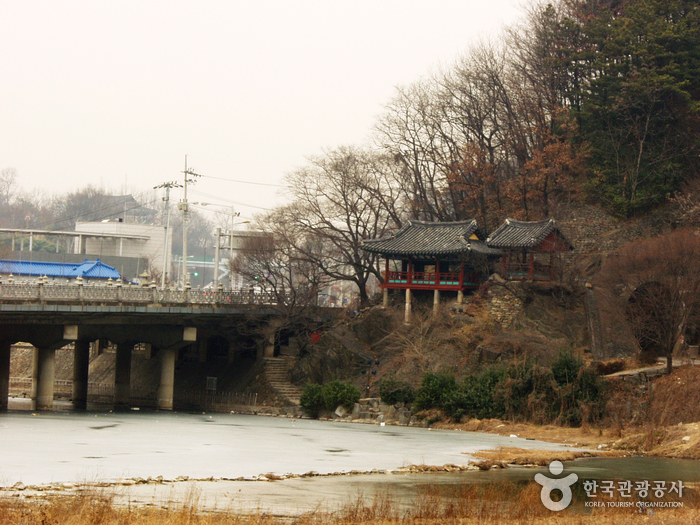



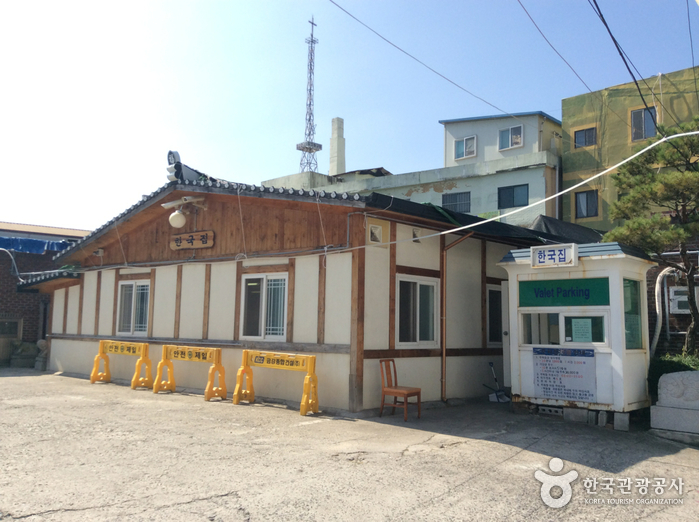
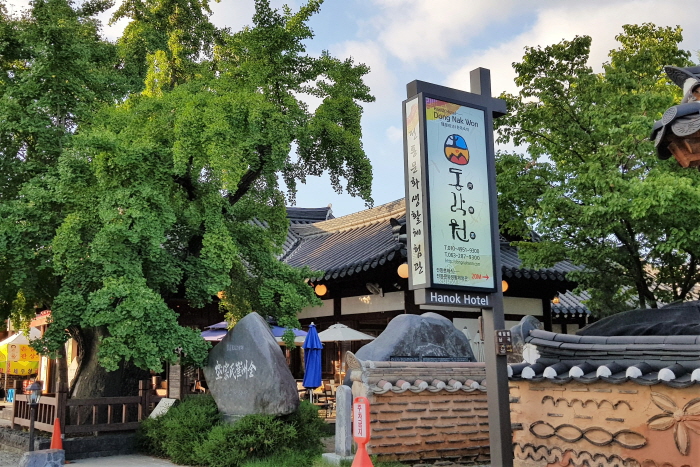
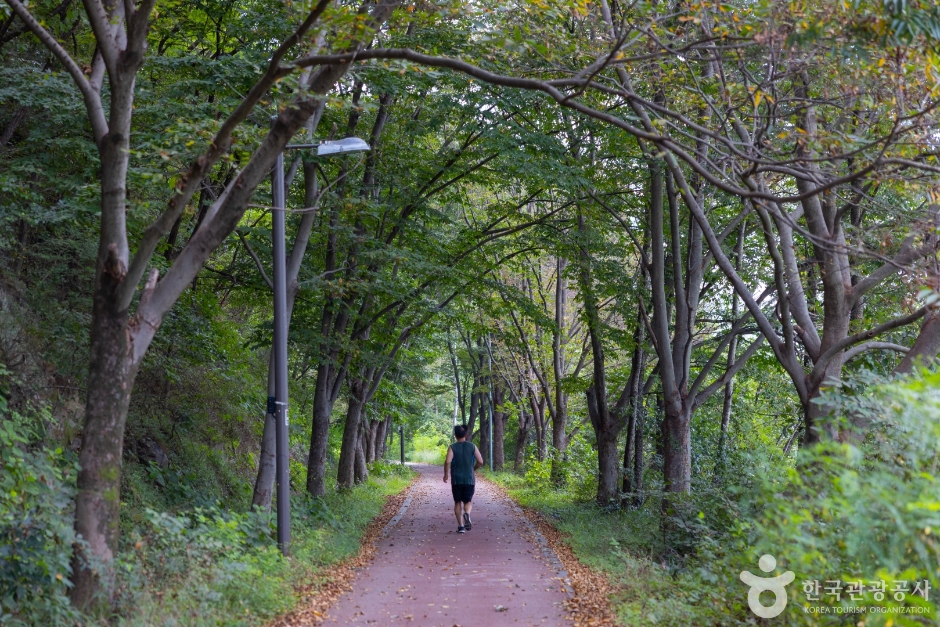
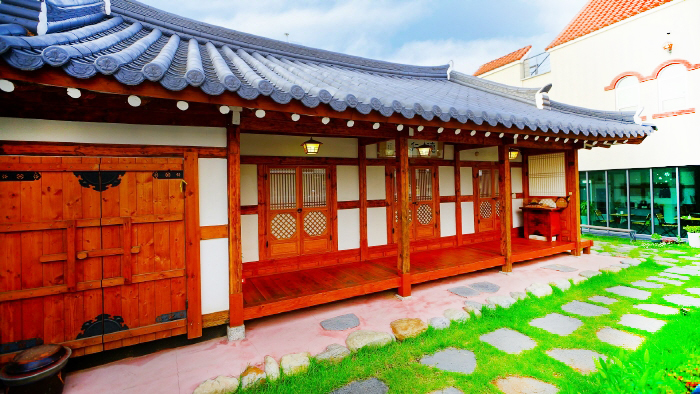

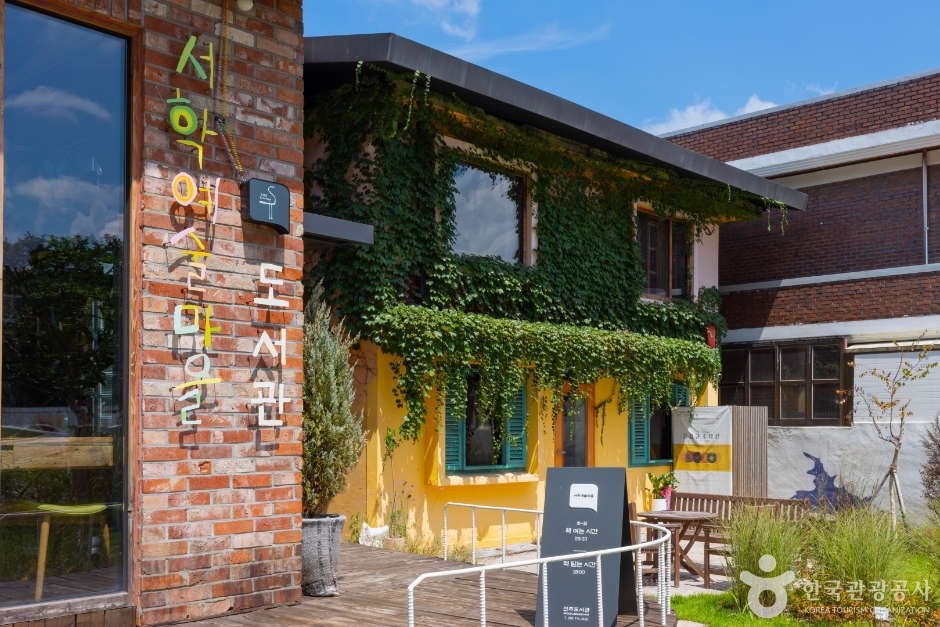
 Français
Français
 한국어
한국어 English
English 日本語
日本語 中文(简体)
中文(简体) Deutsch
Deutsch Español
Español Русский
Русский